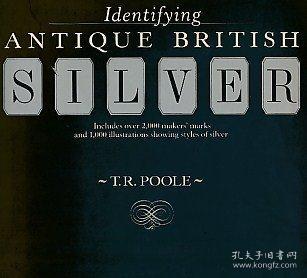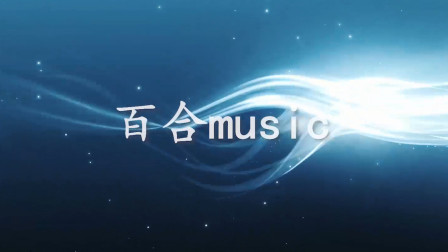Title: Identifying Antique and Vintage Ties: A Guide to Appreciating the Art of Mens Accessory History
Identifying antique and vintage ties is an art that can be mastered by anyone with a little bit of knowledge and patience. These unique accessories not only add style to one's outfit but also provide insight into the history of men's fashion. The first step in identifying an antique tie is to examine its material. Silk, cotton, and wool are the most common materials used in tie production, and each has a distinct feel and texture. The next step is to check the construction of the tie, which involves the weaving and knotting of the fabric. Antique ties often have intricate designs and patterns that are unique to the era they were made in. Finally, the tag or label on the tie can provide valuable information about the manufacturer, date of production, and other details. By following these steps, enthusiasts can learn to recognize the subtle differences between antique and vintage ties and appreciate the artistry and craftsmanship behind these timeless accessories. Whether you're a fashion enthusiast or simply interested in history, identifying antique and vintage ties is a fun and rewarding pursuit that will deepen your understanding and appreciation of men's accessory history.
Introduction:
The art of men's accessories has evolved significantly over the centuries, with ties being an essential part of formal attire since the late 18th century. From their humble beginnings as simple pieces of fabric, ties have become a symbol of status, sophistication, and individuality. Today, collecting antique and vintage ties is not only a fascinating hobby but also an opportunity to explore the rich history of men's fashion. In this guide, we will discuss the key factors to consider when evaluating antique and vintage ties, from their materials and construction to their design and provenance.
Materials and Construction:

The first thing to examine when assessing the authenticity and value of an antique or vintage tie is its material and construction. Ties were typically made from high-quality fabrics such as silk, wool, or cotton, which were often woven in intricate patterns or dyed in vibrant colors. The most valuable ties are those made from rare or exotic materials, such as Persian silk or Egyptian cotton.
In addition to the material, the construction of the tie is also important. Antique and vintage ties were often hand-tailored, with each knot and fold carefully crafted to ensure a perfect fit. Machine-made ties, on the other hand, may have visible flaws or inconsistencies in their construction.
Design:
The design of an antique or vintage tie is another crucial factor to consider when evaluating its value. Ties were often designed with intricate details and motifs, such as paisley, floral, or geometric patterns. These designs may have been inspired by traditional textiles from different cultures or by more contemporary trends in fashion.
To determine the age and origin of a tie's design, it is helpful to research the prevailing styles in different time periods and regions. For example, Victorian ties often featured large flowers or leaves, while Art Deco ties featured sleek lines and geometric shapes. By understanding the cultural context in which a tie was created, you can gain insight into its significance and value.
Provenance:

The provenance of an antique or vintage tie is another important aspect to consider when appraising its worth. Ties from certain regions or eras may be more valuable than others due to their association with particular celebrities, events, or historical figures. For example, a tie from the early 20th century may have belonged to a famous actor or musician who wore it on stage during a performance.
To determine the provenance of a tie, you may need to consult archives, museums, or other historical sources that document the life and achievements of these individuals. Additionally, studying the production methods and distribution channels used by the manufacturer can provide insight into the potential market demand for the tie.
Collecting Tips:
If you are new to collecting antique and vintage ties, there are several tips to keep in mind to help you identify genuine pieces and avoid scams:
1. Consult with experts: Seek out knowledgeable collectors, dealers, or auction houses who can provide guidance on identifying high-quality ties and navigating the world of vintage fashion.
2. Research extensively: Spend time researching the materials, construction techniques, design themes, and provenance of different types of ties to develop a deeper understanding of their history and value.

3. Look for unique features: Antique and vintage ties often have distinctive characteristics that set them apart from modern alternatives. These might include unusual fabrics or textures, unique knotting techniques, or rare designs that cannot be easily replicated.
4. Consider condition: While many antique and vintage ties are in excellent condition due to their careful craftsmanship, others may show signs of wear or damage over time. Be sure to evaluate each tie's overall condition before making an offer.
5. Investigate prices: Research current market prices for similar types of ties to get a sense of what a high-quality antique or vintage piece might command at auction or through private sale. This can help you avoid overpaying for a subpar item.
Articles related to the knowledge points of this article::
Custom Tie Pictures: The Ultimate Guide to Creating a Stylish Accessory for any Occasion
Title: The Magnificence of Mr. Wens Tie Collection
Title: The Art of Dressing Elegantly: A Guide to Shirt Collars and Ties
Ladies Summer Ties: A Fashionable and Functional Accessory for the Hot Season
Title: Customizing a Tie for Your Wedding: A Timeless Tradition
Custom Tie Styles: A Fashionable and Personal Touch to Your Ensemble



